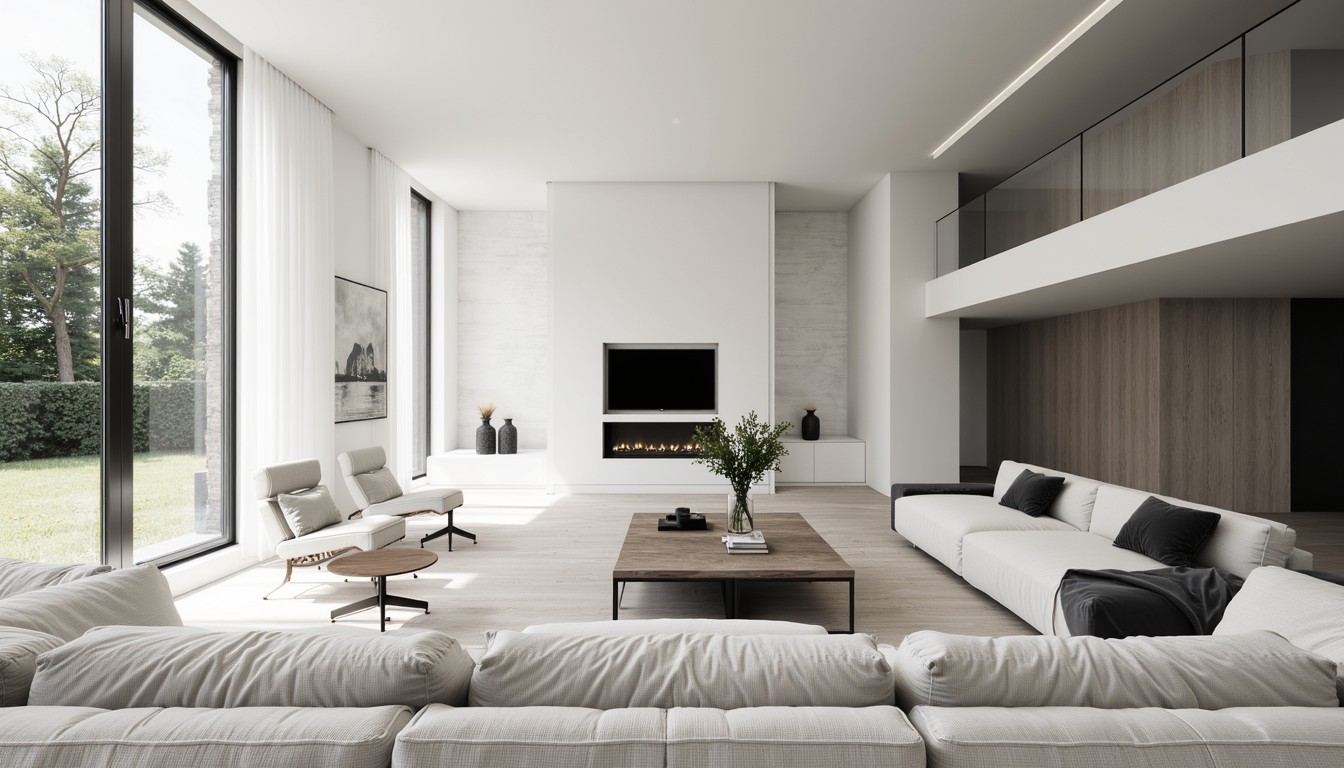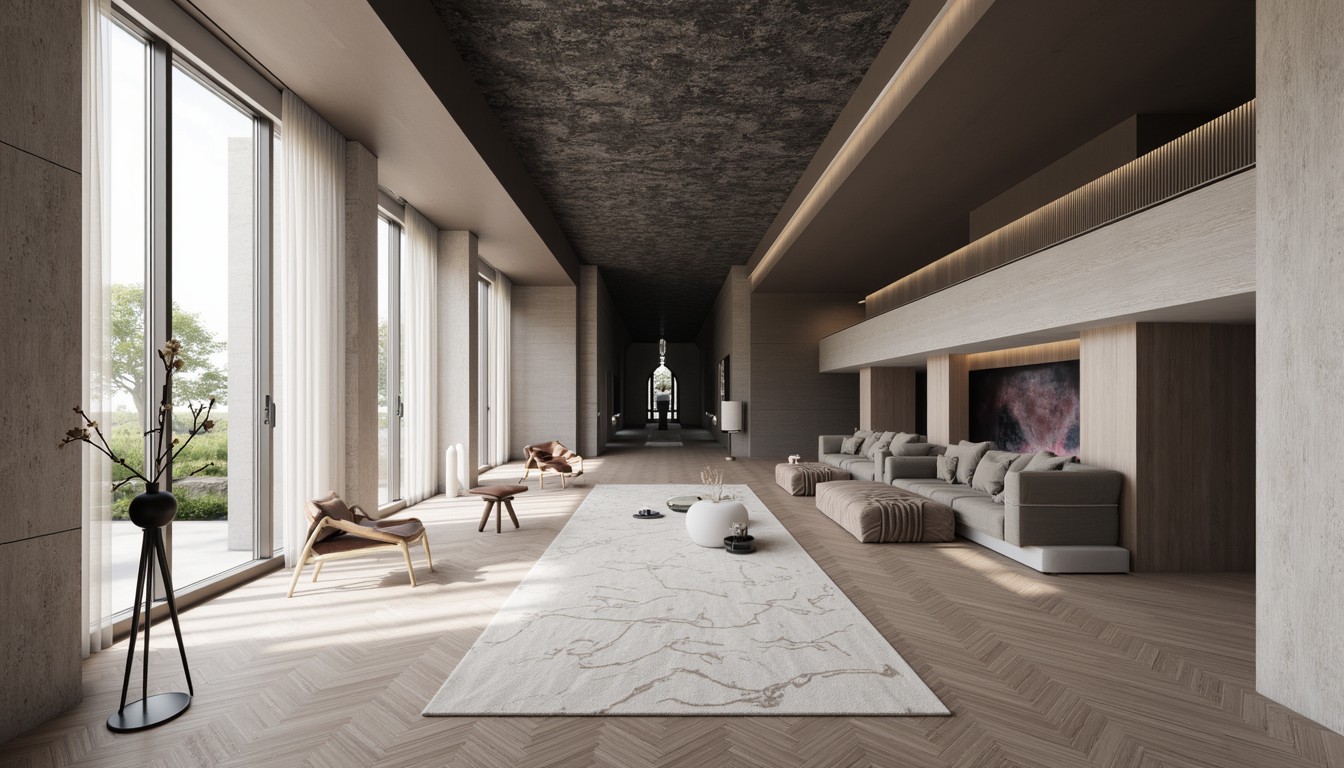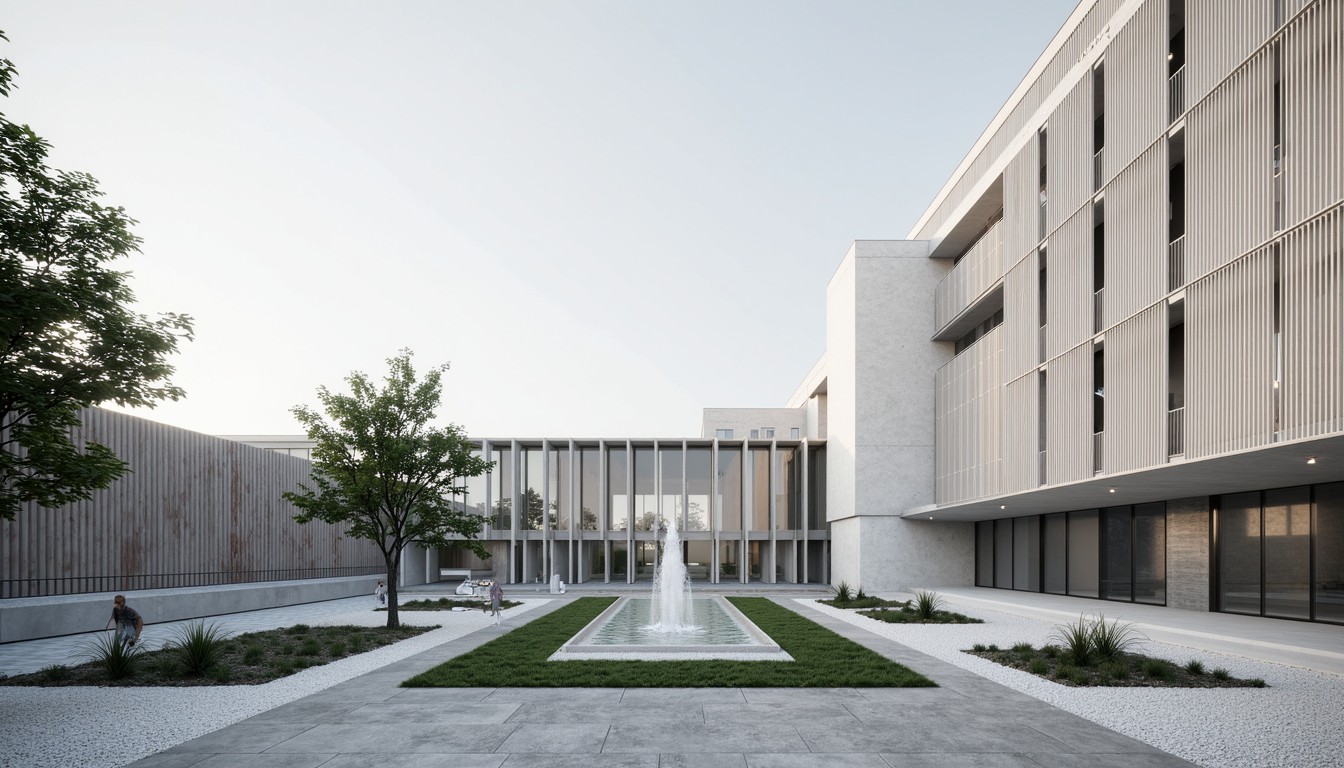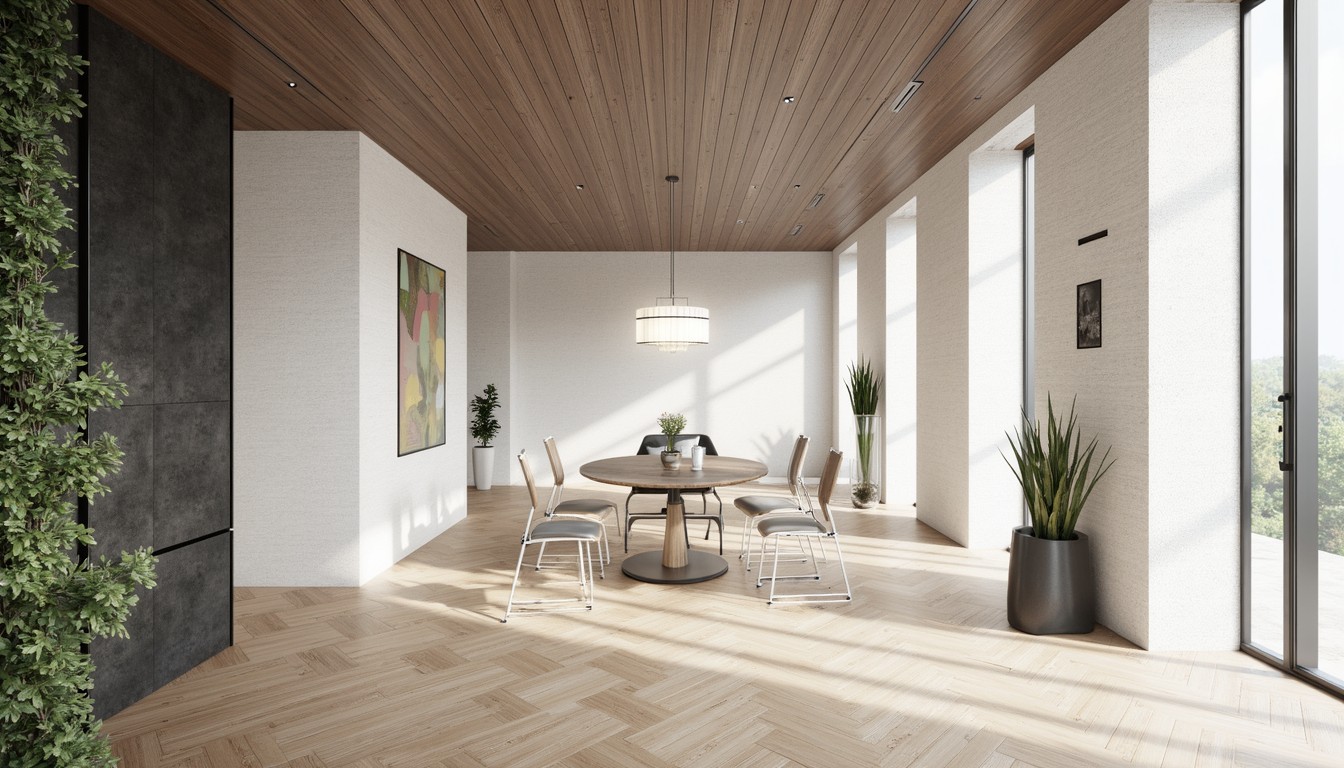VR in Architecture: Designing Tomorrow's Spaces
The architectural landscape is undergoing a dramatic transformation, fueled by technological advancements that are reshaping how we design, visualize, and experience built environments. At the forefront of this revolution is Virtual Reality (VR), offering architects and designers unprecedented opportunities to create, collaborate, and communicate their visions with unparalleled clarity and impact. ArchNav, a leader in architectural visualization, understands the transformative power of VR and leverages it to deliver exceptional results for our clients.
Immersive Design & Enhanced Visualization

Traditional architectural models and renderings, while useful, often fail to capture the true essence of a space. VR, however, provides an immersive experience that allows architects and clients to walk through a building before a single brick is laid. This immersive walkthrough offers a far more intuitive understanding of spatial relationships, proportions, light, and materiality than any 2D or even 3D model can achieve. Architects can identify potential design flaws early in the process, saving time and resources while enhancing the overall design quality. Imagine experiencing the flow of natural light through a proposed atrium, or feeling the scale of a grand hall, all before construction begins – this is the power of VR in architectural design.
Client Collaboration & Enhanced Communication
Effective communication is crucial in any architectural project. VR facilitates seamless collaboration between architects, clients, and other stakeholders. Clients can actively participate in the design process, offering real-time feedback within the virtual environment. This interactive approach significantly reduces misunderstandings and ensures the final product aligns perfectly with the client’s vision. The ability to share and review designs in a shared VR space fosters a more collaborative and efficient workflow, leading to faster project turnaround times and increased client satisfaction. Using VR to present designs to clients is also more engaging and memorable than traditional methods, enhancing the overall client experience.
Early Problem Detection & Design Iteration

VR's immersive nature allows for the early detection of potential design flaws and inefficiencies that might otherwise go unnoticed in traditional 2D or 3D models. For example, architects can identify awkward circulation patterns, insufficient lighting, or clashes between elements within the virtual environment. This early detection significantly reduces costly rework during the construction phase. Moreover, VR facilitates rapid design iteration. Architects can quickly experiment with different design options, materials, and layouts within the virtual space, allowing for a more refined and optimized final product. This iterative design process leads to more creative and innovative solutions.
Real-World Applications of VR in Architecture
The applications of VR in architecture extend far beyond initial design visualizations. Consider these real-world examples:
- Urban planning: VR can simulate entire urban environments, allowing planners to assess the impact of new developments on existing infrastructure and communities.
- Interior design: VR provides a powerful tool for creating realistic virtual interiors, allowing clients to experience the ambiance and functionality of their future spaces.
- Construction simulation: VR can be used to simulate construction processes, identifying potential safety hazards and logistical challenges before they arise on site.
- Accessibility studies: VR allows architects to assess the accessibility of buildings for people with disabilities, ensuring inclusivity in the design process.
- Virtual tours and marketing: Post-construction, virtual tours created using VR can be used for marketing purposes, giving potential buyers or tenants a compelling way to experience the property.
Choosing the Right VR Technology for Architectural Visualization
The choice of VR technology depends on project requirements and budget. High-end VR systems offer the most immersive experience, while more affordable solutions are available for smaller projects or initial explorations. ArchNav carefully selects the appropriate VR technology to optimize the balance between quality, cost-effectiveness, and project needs. We are adept at utilizing various VR software and hardware to meet your specific project demands.
ArchNav: Your Partner in VR Architectural Visualization

ArchNav is committed to leveraging the power of cutting-edge technology to deliver exceptional architectural visualization services. We understand the intricacies of VR technology and its potential to transform the architectural design process. Our team of experienced professionals combines artistic vision with technical expertise to create immersive and impactful VR experiences that help architects and clients bring their visions to life. We offer a comprehensive range of VR services, from initial concept modeling to final walkthroughs and virtual tours. We strive to exceed expectations and deliver exceptional value to our clients.
Conclusion
VR is no longer a futuristic concept; it’s a powerful tool actively shaping the future of architecture. By embracing VR technology, architects can enhance design quality, improve client collaboration, and ultimately deliver more innovative and impactful built environments. Partner with ArchNav to harness the transformative power of VR and design tomorrow's spaces today. Contact us to learn more about how we can help you leverage VR for your next project.
